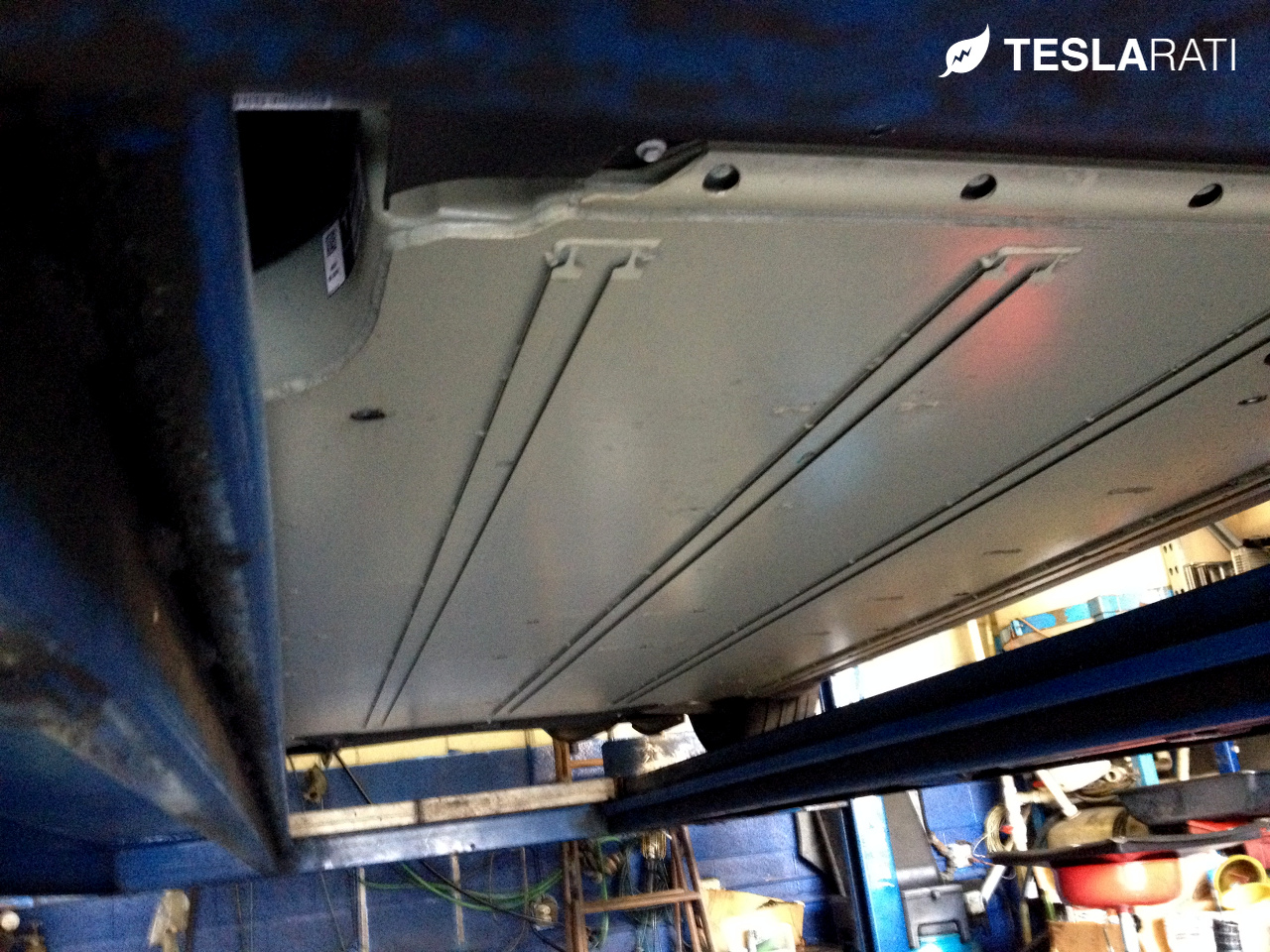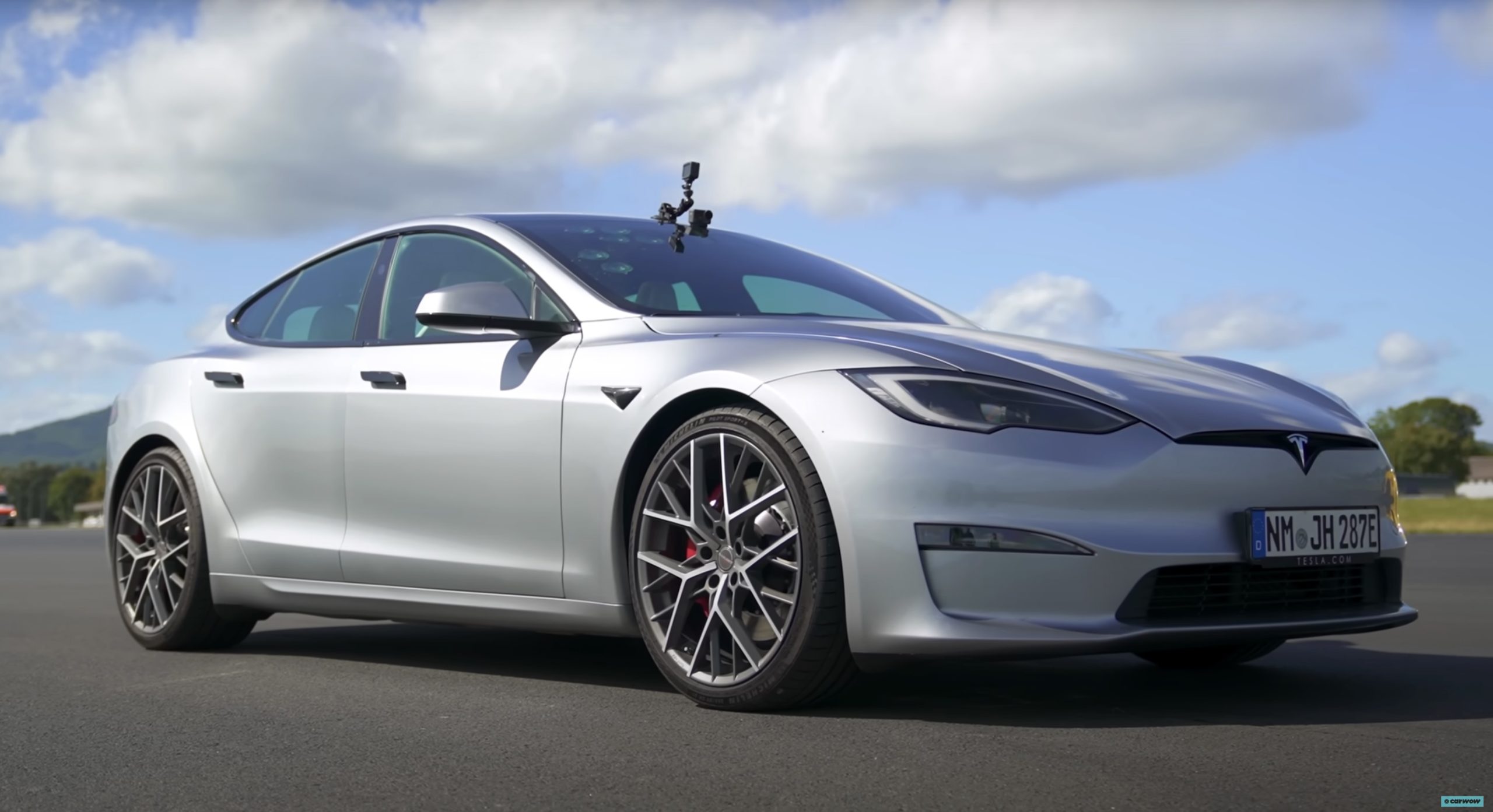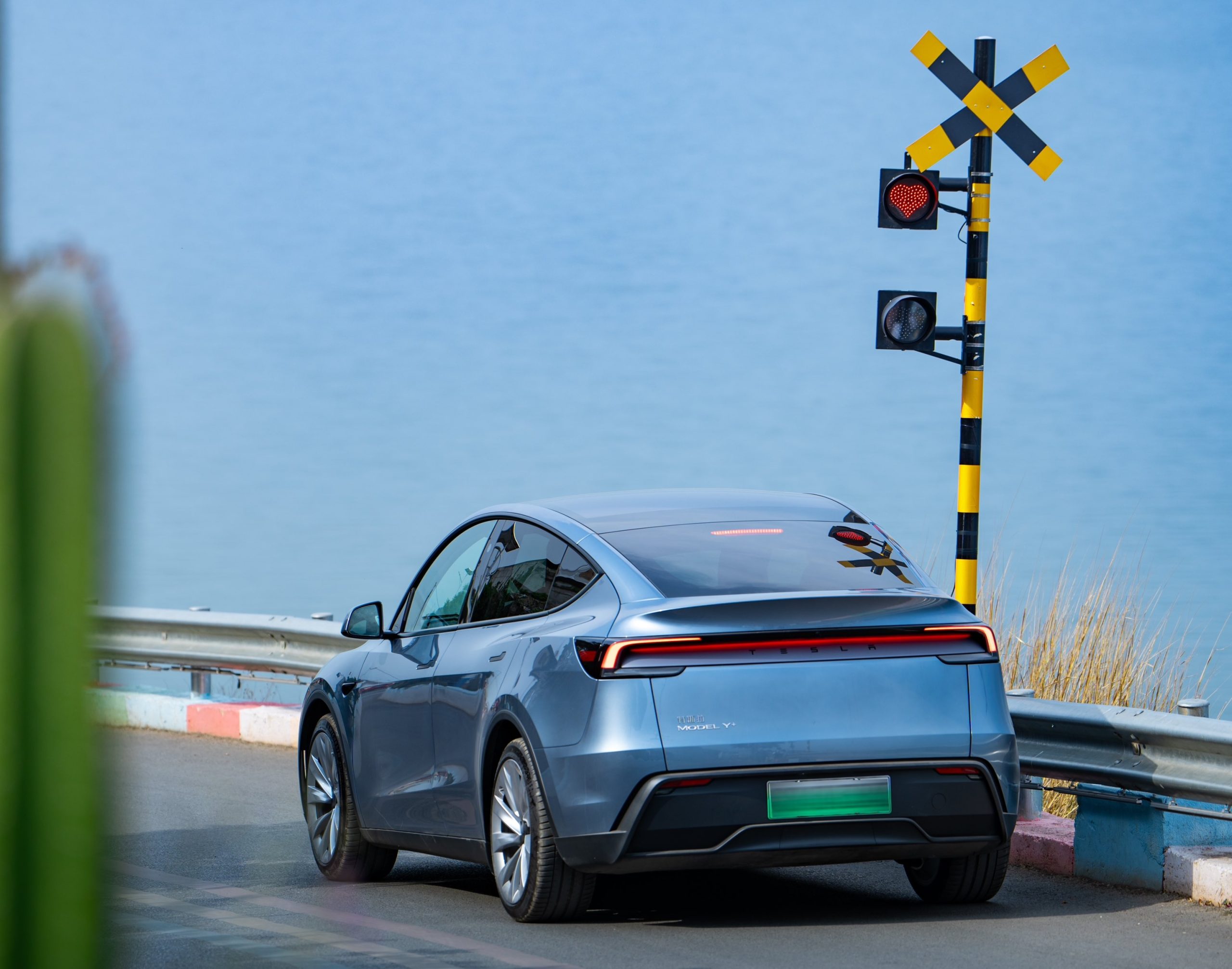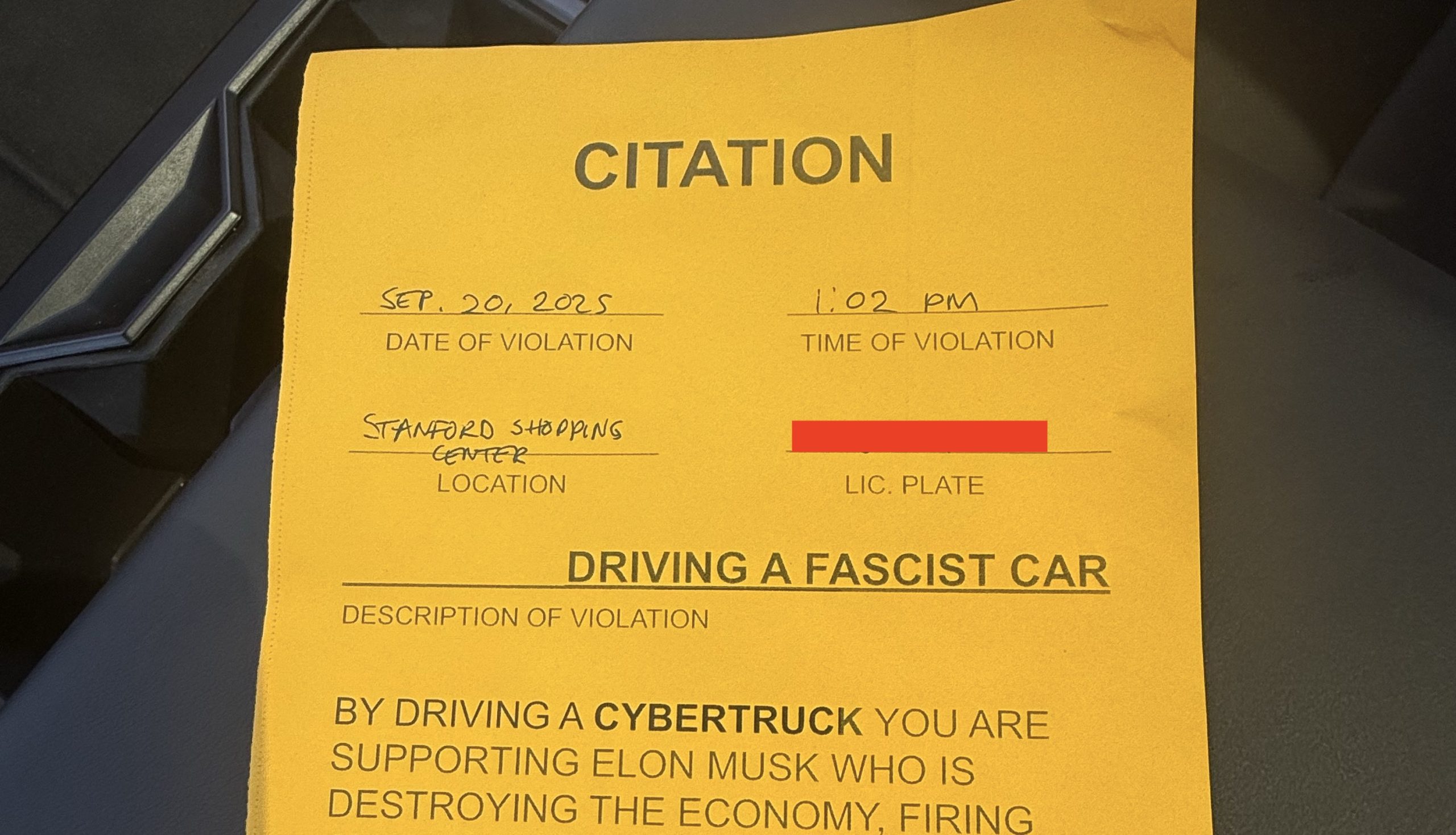Lifestyle
Top 5 Tips to Maintaining EV Battery Life

 Electric vehicles are a joy to own but this new technology using advanced Lithium-ion battery packs requires a different type of maintenance than your traditional gasoline engine.
Electric vehicles are a joy to own but this new technology using advanced Lithium-ion battery packs requires a different type of maintenance than your traditional gasoline engine.
We countdown the top 5 maintenance steps that can be taken to extend the life of your EV battery.
5. Don’t leave your battery sit at a 100% state of charge
Most EVs have an option for a “Standard” charge or a “Range” or “Max” charge. By all means, do the maximum charge when you need it, but do it right before you start using the battery for the trip. Most EVs have charge timers to help you plan for this. If your EV doesn’t have that, do an overnight standard charge and then charge the last 10-20% in the AM before departure. Leaving a battery pack at max charge for even relatively short periods of time can possibly affect its life. As a rule of thumb, try to never let your battery sit at maximum state of charge for longer than 8 hours.
While you may be able to time your max charge and departure times well, daily charging to 100% is stressful to your battery. This is why most vendors offer “standard” or “normal” charge levels which wont help you achieve the maximum EPA range rated for your vehicle. If you don’t need the max charge, then don’t use it. Generally lithium-ion batteries do best when they operate in the 30% to 90% range for state of charge. Although a bit extreme, prolonging the time spent above or below that range theoretically may lead to a shorter pack life
Tesla Model S TIP: For overnight charging that requires a 100% MAX charge (ie prior to a Tesla road trip), set your “start charge time” to a time that will result in a full charge roughly 60 minutes before your departure.
4. Avoid deep discharging of the battery pack
Conversely, leaving your battery in a discharged state for an extended period may also impact its life. Most vendors protect batteries from becoming completely discharged as that can effectively “brick” the battery and leave it completely useless. The general rule of thumb is to plug in and charge whenever you can. That doesn’t mean going out of your way for a few kW of charge, but it does mean plugging your car in nightly and maintaining a reasonable charge level. What is a low state of charge? Under 30% charge is generally considered low and thus you should not let your EV sit at that low state of charge for an extended period.
MUST SEE: Decoding Your Tesla Battery Pack Version
Also beware that EVs consume power even when not being driven. With the Model S, it loses about 1% of its charge per day.
3. Be mindful of extreme temperature conditions
This is less applicable to the Tesla Model S which has its own built in thermal management system that pre-conditions the battery (ie. warms the pack when too cold and vice versa), but the general rule of thumb for batteries of Lithium-ion composition is to keep the battery pack between 20F – 85F.
Heat is the enemy of Lithium-ion and may increase battery degradation when consistently exposed to high temperatures. This phenomenon was enough to motivate Nissan to produce a “hot climate battery” for their LEAF after owners within hotter climates complained of battery loss.
Conversely, extreme cold weather can impact performance for a battery of lithium-ion chemistry while lowering the discharge capacity.
2. Plan ahead for extended storage
If you’re going away on vacation or for a business trip the best thing for your car is to set the charge level to 50% and leave it plugged in. If you’re leaving your EV at the airport or somewhere where you can’t leave it plugged in beware that you’re going to lose some charge per day. Charge to a level where you can get to the airport, let it sit for the trip and then still have enough charge with buffer to get home. Don’t let it sit unplugged at an airport for days on end at a 90% charge state if possible. Still, leaving it at 90% is better for the battery (and you) than leaving it at 10% and coming back to find the battery completely discharged.
1. Periodically fully charge and “balance” your battery
Lithium-ion batteries are designed to minimize the “memory” issues often found in older battery technologies, however the battery packs in EVs are more complex and often comprised of multiple individual batteries packed together into removable modules. There’s as many as 7,000 individual cells in the Model S.
Battery balancing is about maximizing your battery’s capacity and evening out the charge distribution. Modern EV battery packs include an automatic battery balancing component, but there’s steps that you can take to help the process along.
While you may never need the maximum range that your battery can provide and you may never take long trips, a periodic range or max charge is helpful to your battery’s management system. I’d suggest doing this about once every 3 months or so and keep in mind that after you fully charge you should not let it sit, that would be a violation of battery management rule #5.
Disclaimer: We’re dealing with expensive components. Read the manual for your EV, search your EV forums, develop your own rules, be consistent, but adjust as needed. The rules above are general rules for any EV that may help extend the life and health of your battery. Your own mileage (range!) may vary.

Lifestyle
Tesla Model S Plaid battles China’s 1500 hp monster Nurburgring monster, with surprising results
There is just something about Tesla’s tuning and refinement that makes raw specs seem not as game-changing.

The Tesla Model S Plaid has been around for some time. Today, it is no longer the world’s quickest four-door electric sedan, nor is it the most powerful. As per a recent video from motoring YouTube channel Carwow, however, it seems like the Model S Plaid is still more than a match for some of its newer and more powerful rivals.
The monster from China
The Xiaomi SU7 Ultra is nothing short of a monster. Just like the Model S Plaid, it features three motors. It also has 1,548 hp and 1,770 Nm of torque. It’s All Wheel Drive and weighs a hefty 2,360 kg. The vehicle, which costs just about the equivalent of £55,000, has been recorded setting an insane 7:04.957 at the Nurburgring, surpassing the previous record held by the Porsche Taycan Turbo GT.
For all intents and purposes, the Model S Plaid looked outgunned in Carwow’s test. The Model S Plaid is no slouch with its three motors that produce 1,020 hp and 1,420 Nm of torque. It’s also a bit lighter at 2,190 kg despite its larger size. However, as the Carwow host pointed out, the Model S Plaid holds a 7:25.231 record in the Nurburgring. Compared to the Xiaomi SU7 Ultra’s record, the Model S Plaid’s lap time is notably slower.
Real-world tests
As could be seen in Carwow’s drag races, however, Tesla’s tech wizardry with the Model S Plaid is still hard to beat. The two vehicles competed in nine races, and the older Model S Plaid actually beat its newer, more powerful counterpart from China several times. At one point in the race, the Xiaomi SU7 Ultra hit its power limit due to its battery’s temperature, but the Model S Plaid was still going strong.
The Model S Plaid was first teased five years ago, in September 2020 during Tesla’s Battery Day. Since then, cars like the Lucid Air Sapphire and the Xiaomi SU7 Ultra have been released, surpassing its specs. But just like the Model Y ended up being the better all-rounder compared to the BYD Sealion 7 and the MG IM6, there is just something about Tesla’s tuning and refinement that makes raw specs seem not as game-changing.
Check out Carwow’s Model S Plaid vs Xiaomi SU7 drag race video below.
Lifestyle
500-mile test proves why Tesla Model Y still humiliates rivals in Europe
On paper, the BYD Sealion 7 and MG IM6 promised standout capabilities against the Model Y.

BYD is seeing a lot of momentum in Europe, so much so that mainstream media has taken every opportunity to argue that the Chinese automaker has beaten Tesla in the region. But while BYD sales this year in Europe are rising and Tesla’s registrations remain challenged, the raw capabilities of vehicles like the Model Y are difficult to deny.
This was highlighted in a 500-mile challenge by What Car? magazine, which showed that the new Tesla Model Y is more efficient, cheaper to run, and more reliable than rivals like the BYD Sealion 7, and even the nearly 400 KW-charging MG IM6.
Range and charging promises
On paper, the BYD Sealion 7 and MG IM6 promised standout capabilities against the Model Y. The Sealion 7 had more estimated range and the IM6 promised significantly faster charging. When faced with real-world conditions, however, it was still the Model Y that proved superior.
During the 500-mile test, the BYD nearly failed to reach a charging stop, arriving with less range than its display projected, as noted in a CarUp report. MG fared better, but its charging speeds never reached its promised nearly-400 kW charging speed. Tesla’s Model Y, by comparison, managed energy calculations precisely and arrived at each stop without issue.
Tesla leads in areas that matter
Charging times from 25% to 80% showed that the MG was the fastest at 17 minutes, while Tesla and BYD were close at 28 and 29 minutes, respectively. Overall efficiency and cost told a different story, however. The Model Y consumed 19.4 kWh per 100 km, compared to 22.2 for MG and 23.9 for BYD. Over the full trip, Tesla’s charging costs totaled just £82 thanks to its supercharger network, far below BYD’s £130 and MG’s £119.
What Car? Magazine’s testers concluded that despite BYD’s rapid sales growth and the MG IM6’s seriously impressive charging speeds, Tesla remains the more compelling real-world choice. The Model Y just offers stability, efficiency, and a proven charging infrastructure through its Supercharging network. And as per the magazine’s hosts, the Model Y is even the cheapest car to own among the three that were tested.
Watch What Car? Magazine’s 500-mile test in the video below.
Lifestyle
Tesla Cybertruck slapped with world’s least intimidating ticket, and it’s pure cringe
One cannot help but cringe and feel second-hand embarrassment at the idea of a person just driving around with a stack of these babies.

A Cybertruck parked at Stanford Shopping Center in California was recently hit with what might be the most try-hard piece of paper ever slipped under a wiper blade: a “fake citation” accusing the driver of supporting a “fascist car.”
The note, shared on X by Tesla staff program manager Ryan Torres, quickly made the rounds on X, where it quickly gained attention as an example of how not to protest.
The world’s least intimidating ticket
According to the citation, the supposed “violation” was “driving a fascist car.” The remedial action? Take the bus, call an Uber, or ride a bike. The note also dubbed Elon Musk a “chainsaw-wielding Nazi billionaire.” Now, protests against Tesla and Elon Musk have become commonplace this year, but one cannot help but cringe and feel second-hand embarrassment at the idea of a person just driving around with a stack of fake anti-Tesla/Musk citations.
Torres pointed out the irony himself in his post on X. Tesla currently employs over 140,000 Americans, and SpaceX has put the U.S. firmly back at the top of space technology. As Torres put it, maybe the person behind the world’s least intimidating ticket should “read a book on innovation before vandalizing” other people’s property.
Peak performative clownery
Not to mention that the fake ticket’s logic collapses under its own weight. EVs like the Cybertruck are literally designed to reduce emissions, not “destroy the economy.” If anything, Tesla has bolstered the United States’ economy by fueling jobs in engineering, manufacturing, and clean energy. It’s not the first time a Tesla has been the target of vandalism or politically charged notes, but this one stands out for sheer cringe value.
Torres summed it up neatly: “Peak clownery.” On that point, at least, the citation earns full marks. In a way, though, perhaps cringe fake tickets are not as bad as the literal firebombs that were being thrown at Tesla stores and cars earlier this year because some critics were gleefully misinformed about Elon Musk.








